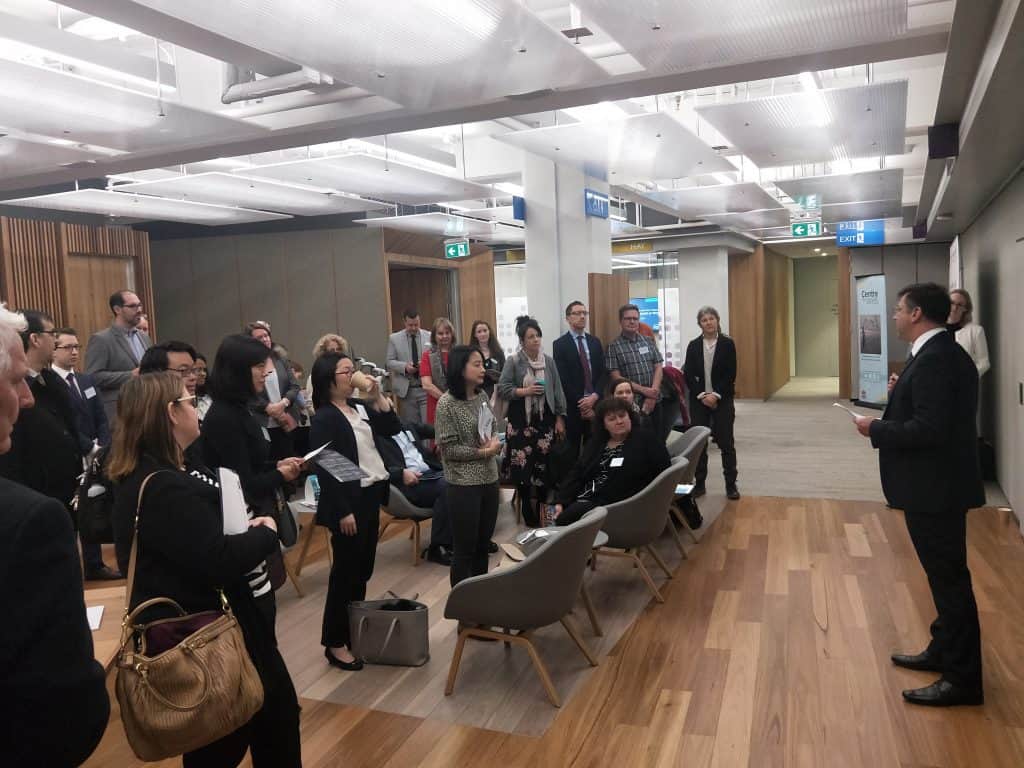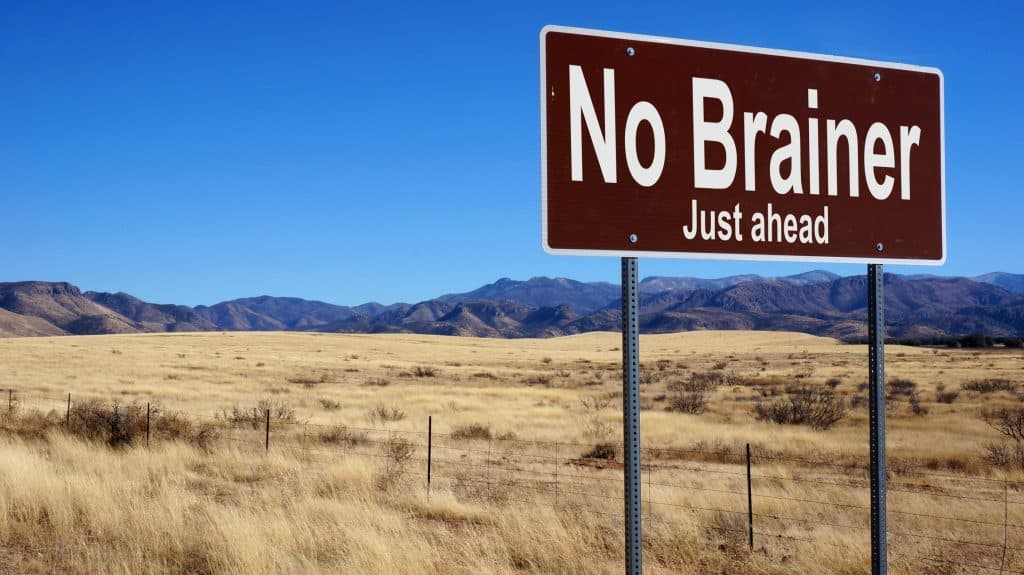
Yesterday the Centre for Work Heath and Safety held its first colloquium of occupational health and safety researchers. It comprised of 15 research presentations, a keynote speaker and a workshop about the 2023 World Congress for Safety and Health at Work to be held in Sydney, Australia.
SafetyAtWorkBlog was lucky to attend and will be writing at least one article about the event for subscribers soon, but I was also able to speak with the Centre’s Director, Skye Buatava, about the event. The audio is available through the links below
https://www.podbean.com/eu/pb-52min-bb8123
https://soundcloud.com/safetyatworkblog/safety-at-work-talks-episode-15





